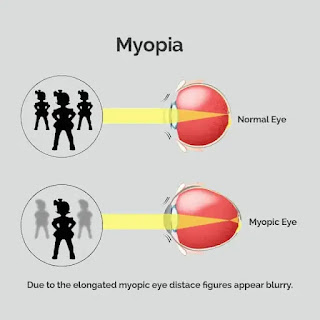Questions Part 9

1. The registered nurse is making assignments for the day. Which client should be assigned to the pregnant nurse? ❍ A. The client with HIV ❍ B. The client with a radium implant for cervical cancer ❍ C. The client with RSV (respiratory synctial virus) ❍ D. The client with cytomegalovirus 2. The nurse is planning room assignments for the day. Which client should be assigned to a private room if only one is available? ❍ A. The client with methicillin resistant-staphylococcusaureas (MRSA) ❍ B. The client with diabetes ❍ C. The client with pancreatitis ❍ D. The client with Addison’s disease 3. The doctor accidentally cuts the bowel during surgery. As a result of this action, the client develops an infection and suffers brain damage. The doctor can be charged with: ❍ A. Negligence ❍ B. Tort ❍ C. Assault ❍ D. Malpractice 4. Which assignment should not be performed by the nursing assistant? ❍ A. Feeding the client ❍ B. Bathing the client ❍ C. Obtai...
